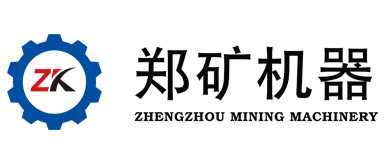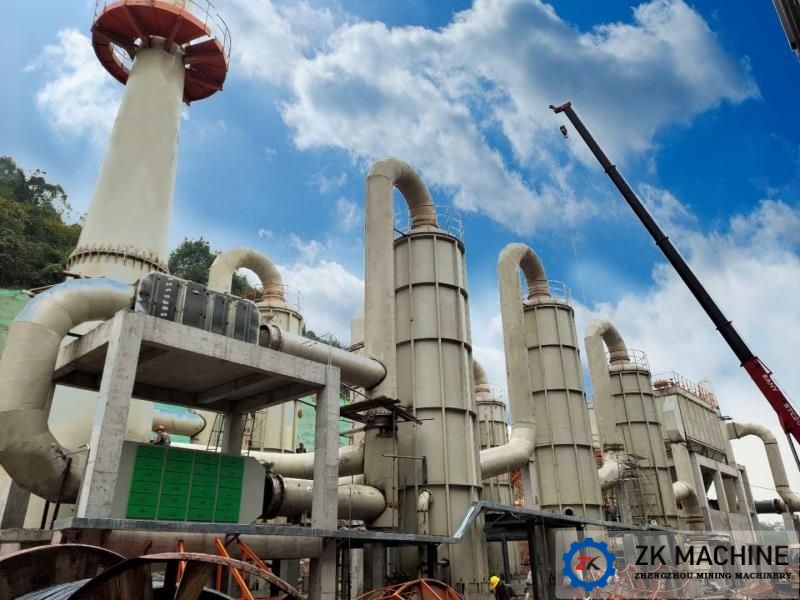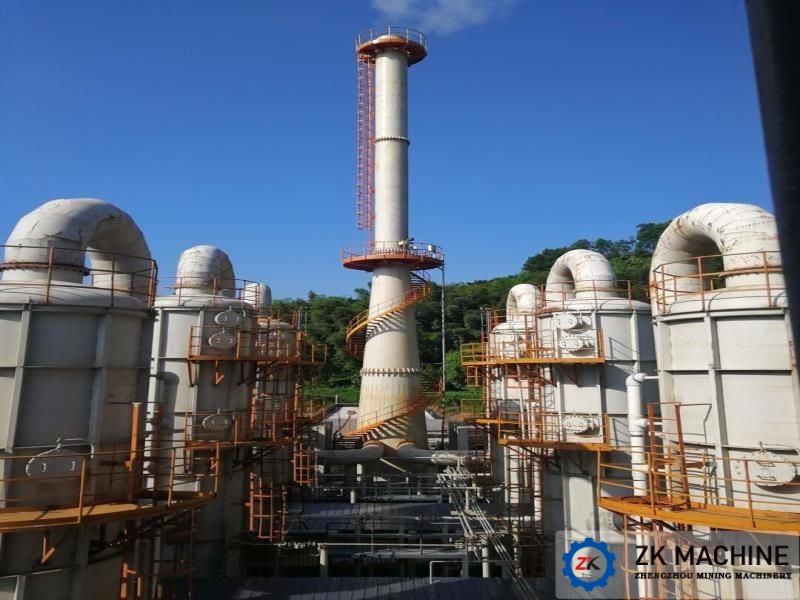The entire wet process includes flue gas system, absorption tower system, demister flushing system, desulfurization liquid circulation system, desulfurization agent preparation and delivery system, gypsum treatment system, process water system, maintenance and exhaust system, electrical and thermal automation control system.
After the flue gas is led out by the kiln fan, it enters the desulfurization tower of the desulfurization system and comes into contact with the desulfurization liquid that is fully atomized by the nozzle from top to bottom in reverse convection. The desulfurization liquid fully absorbs the SO2 in the flue gas and then enters the demister for removal. Fog, the flue gas droplet content after defogging is less than 60 mg/Nm3.
The purified and defogged flue gas enters the chimney through the top of the absorption tower and is discharged directly.
The desulfurization liquid adopts the internal circulation absorption method. The desulfurization liquid that has absorbed SO2 flows into the slurry pool at the bottom of the tower. It is pumped from the slurry pool at the bottom of the tower to the spray layer by the circulating liquid pump. It is atomized by the nozzle at the spray layer and falls under the action of gravity. Return to the slurry pool at the bottom of the tower. At the same time, in order to effectively control the concentration of desulfurizer, the amount of desulfurizer added is controlled according to the changes in SO2 concentration and flue gas volume at the inlet and outlet, so as to achieve relatively stable control of the concentration of desulfurizer in the desulfurization liquid and ensure desulfurization efficiency.
SO2 and SO3 react with the lime in the slurry to generate calcium sulfite and calcium sulfate. Air is blown into the absorption tower slurry tank to oxidize the generated calcium sulfite into calcium sulfate, and the calcium sulfate crystallizes to form gypsum (CaSO4·2H2O). After dehydration in the filter, the by-product gypsum is obtained. The filtrate enters the maintenance tank or pit for reuse.
The system is equipped with a desulfurizer preparation and delivery system.
As the water in the system continues to evaporate, and some water is brought out by the desulfurization residue, it will cause water loss in the system. This system maintains the overall water balance of the system by flushing the demister and gypsum flushing.
Finally, the requirement of SO2 concentration lower than 35mg/Nm3 was achieved.



